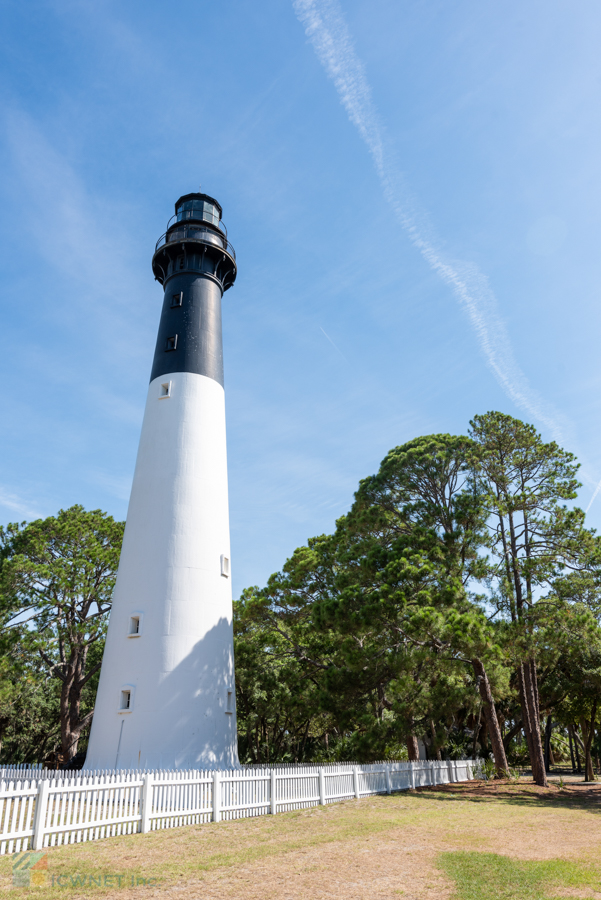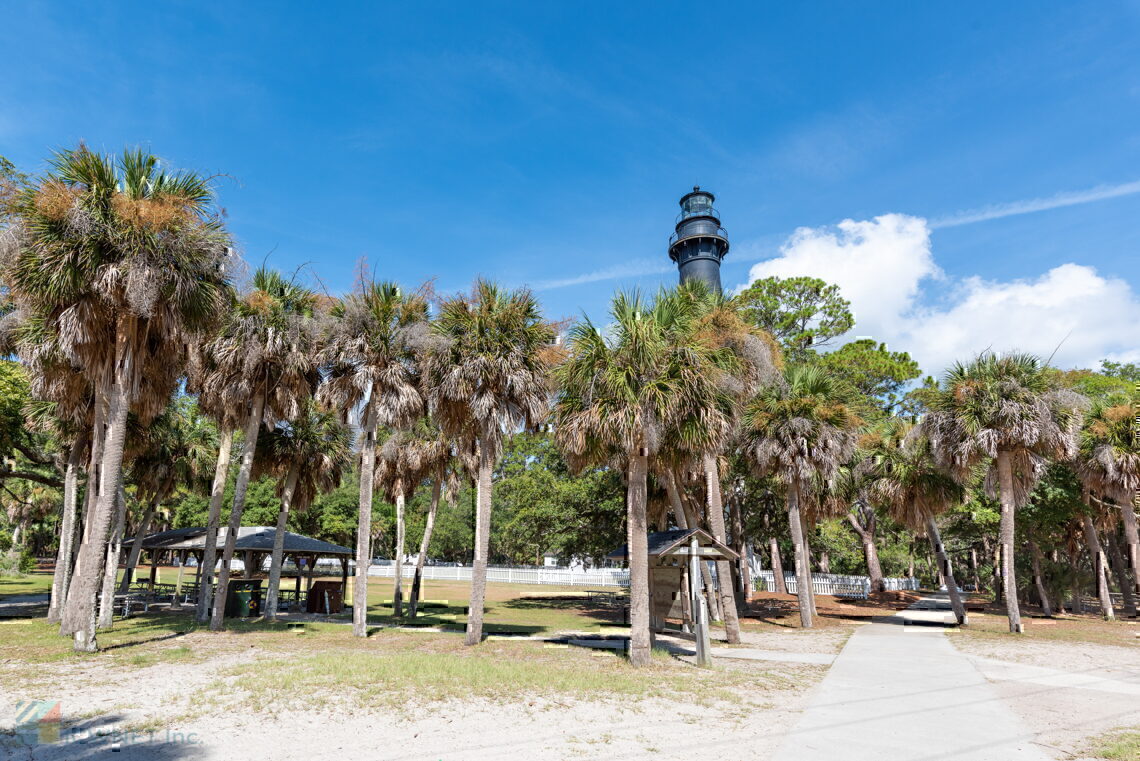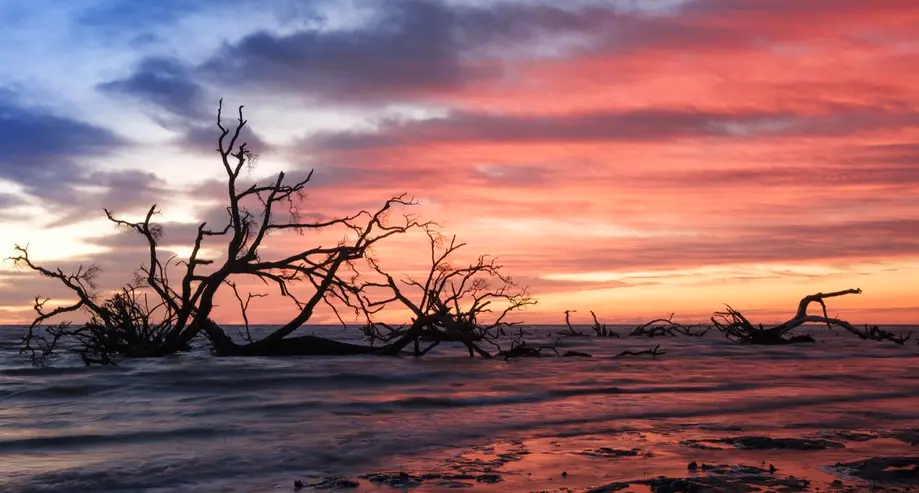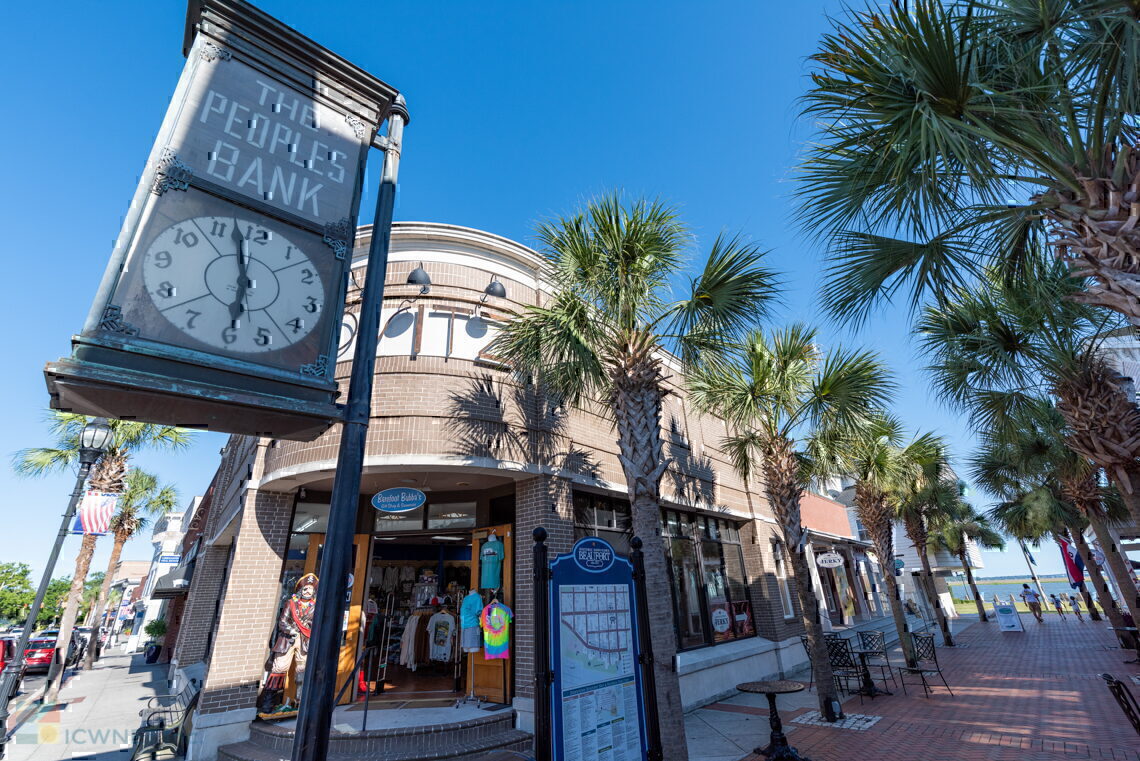
Beautiful Hunting Island is a bit of a contradiction. Located 15 miles east of Beaufort, the island is completely isolated, with just a handful of campsites and a main Visitor's Center. Despite this fact, the island is also the most visited state park in South Carolina, and one of the most acclaimed beaches in the southeast. Regularly landing on "Top Beaches" lists around the country, (including Trip Advisor's own ranking of "America's Top Ten Beaches"), Hunting Island is an oasis for coastal visitors who crave nothing more than gorgeous shorelines, endless water views, and an abundance of natural surroundings.

Hunting Island is located just north of Fripp Island, and west of St. Helena Island and the city of Beaufort. At just 5,000 acres, the island is one of the smaller of South Carolina's Sea Islands, but is also one of its most scenic, as well as one of its most widely known.
The island was always known by locals and prestigious visitors as Hunting Island, or rather the original "Huntings Island," all the way back to the colonial days, when the region was an elite hunting preserve for the Lowcountry planters and plantation owners. Hunting Island was renowned in the local wealthy circles for its exceptional deer, raccoon and ample waterfowl, and it wasn't until the 1850s that the island got its first official manmade structure and subsequent human inhabitants, via the Hunting Island Lighthouse.

Construction for the relatively short 136' foot tall lighthouse first began in 1859, but was delayed with the onset of the Civil War, and the incomplete tower was subsequently destroyed by the Union Troops. The building began anew in 1873, and the lighthouse was officially completed by 1875. The structure was remarkably built to be disassembled and moved if necessary, and as such, was constructed out of huge cast iron sections, which weighed about 1,200 lbs. each.
This iron "shell" was then lined with bricks and painted its distinctive black and white solid color blocks. This plan proved to be fortuitous, as in 1888, the lighthouse, the keeper's cottage, and the keeper himself were all moved a mile away from their original beachfront location due to encroaching erosion. During the 1893 Sea Islands Hurricane, the lighthouse even served as a sanctuary of sorts for displaced passengers who were aboard the "City of Savannah I" steamer, and who were forced upon the island's shores by the ensuing heavy waves and winds. The lighthouse was deactivated in 1993, but not before earning a spot on the National Register of Historic Places in 1977. The lighthouse remains open to the public to admire as part of the Hunting Island State Park.
Other than the lighthouse keeper, Hunting Island remained relatively uninhabited, unexplored and unheard of until the 1930s, when the island was turned into a state park by the Civilian Conservation Corps during the New Deal era. Bridges were constructed that connected this small island with the other, larger Sea Islands of coastal South Carolina, and the island officially opened to the public in 1935.
While Hunting Island's original visitors had to take their own boat to explore the barren shores, today, visitors simply have to drive along the southern end of US Highway 21, also known as the Sea Island Parkway, or head north from Fripp Island via Tarpon Blvd. The drive from either direction, (but especially from the north along US Highway 21), is deceiving. After crossing over the inlet, the terrain becomes densely wooded, with towering loblolly pine trees, wild palmettos and palms, and clusters of Spanish moss dangling from the towering trees. The environment feels like the terrain is half woods, and half jungle, and it's almost impossible to tell that the Atlantic Ocean is located just a stone's throw away.
Because of this wild terrain, Hunting Island is home to a wide range of wildlife, which includes loggerhead turtles that shimmy up the beach from the ocean to nest in the spring and summer seasons, alligators and other reptiles, deer, raccoons, and hundreds of different types of birds. Seahorses and barracudas can be found within the interior lagoon, a manmade pond that was constructed in 1968 by sand dredging, and the beaches are known for a variety of small sub-tropical seashells which wash in with the tides. Seahorses, starfish, and sand dollars are all popular finds, as are conical shells, like conchs and whelks, and delicate sea urchins.
In fact, there are four miles of beaches to explore on Hunting Island, although a good portion of the shoreline has eroded all the way to the tree line, making the scenery an interesting mix of towering woods and open ocean waters. All in all, the terrain is unique, engaging, and completely stunning, and is easily one of the most photographed outdoor regions in the state of South Carolina.
Accommodations are limited, and include rustic campsites and one state-owned cabin, which is also available to rent year-round. With the exception of the Visitor's Center, a Nature Center, and of course the Hunting Island Lighthouse, there are no public buildings or facilities on the island, so visitors should come prepared. (Although there is a small camping sore located within the campground which sells limited grocery items, souvenirs, snacks and drinks, as well as a tiny gift shop adjacent to the lighthouse itself.) The good news is that on either end of the 5,000 acre island, travelers will find a variety of eateries and stores to pick up a picnic lunch, or plenty of drinks and snacks to much along the way.
Beautifully remote and worlds away from busy Beaufort, yet located just 15 miles down the road, Hunting Island is truly a nature lover's paradise. A breezy spot for an afternoon nature exploration, a long hike, a camping weekend, or just a day at the beach, newcomers will quickly discover why this desolate barrier island is one of the most popular spots along the South Carolina shoreline.







